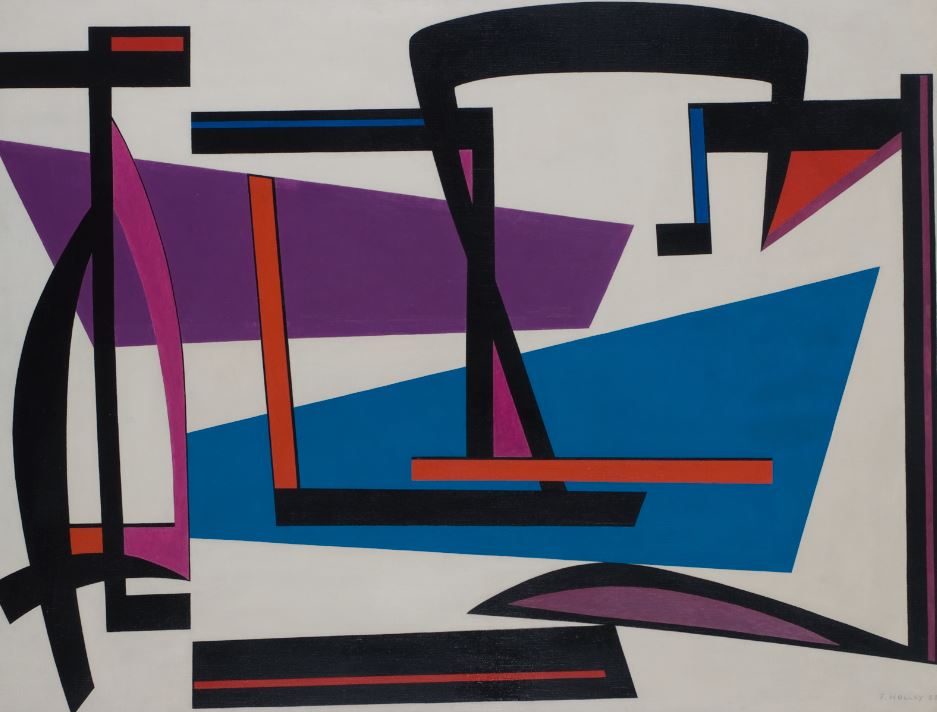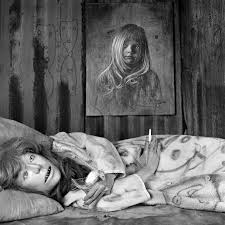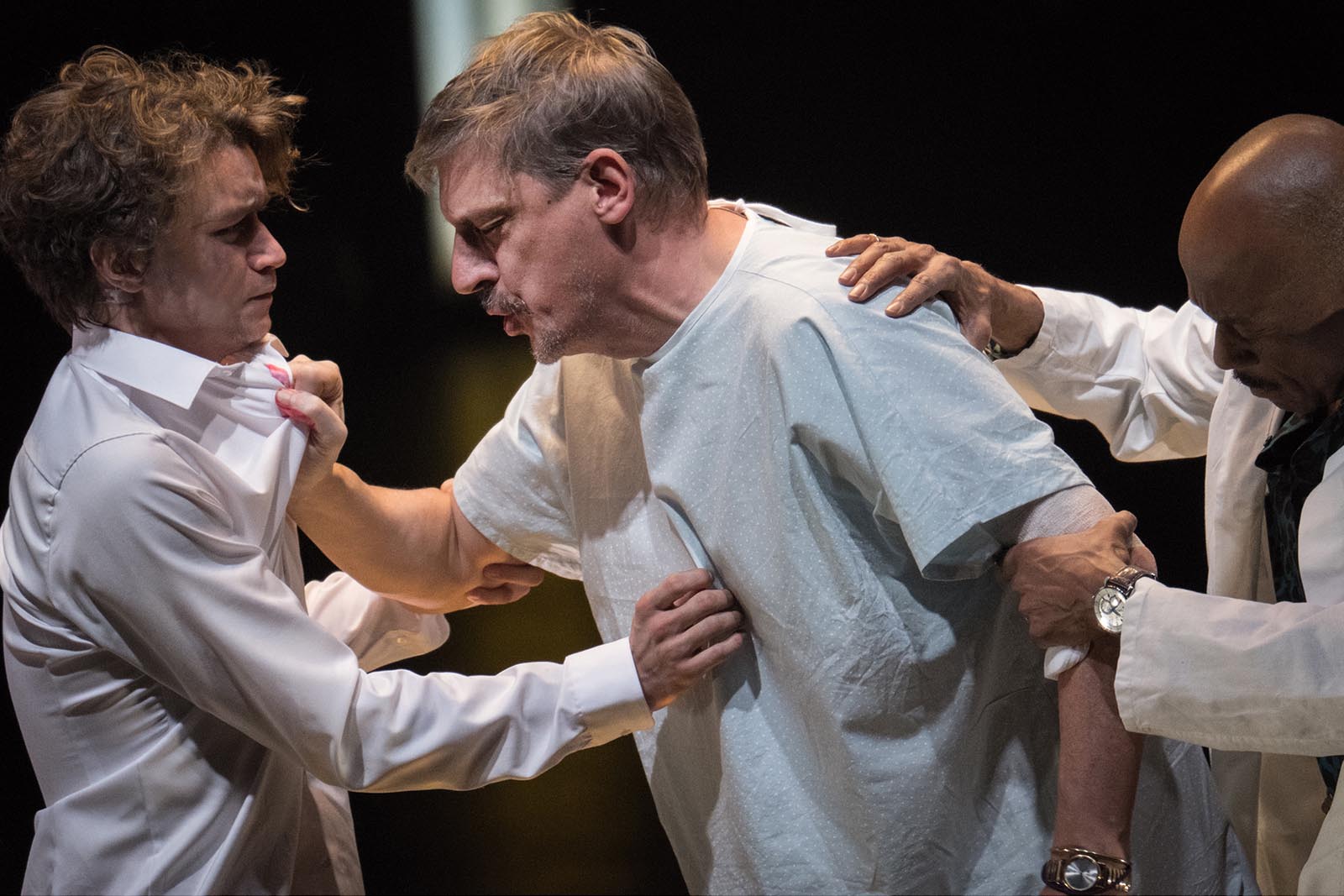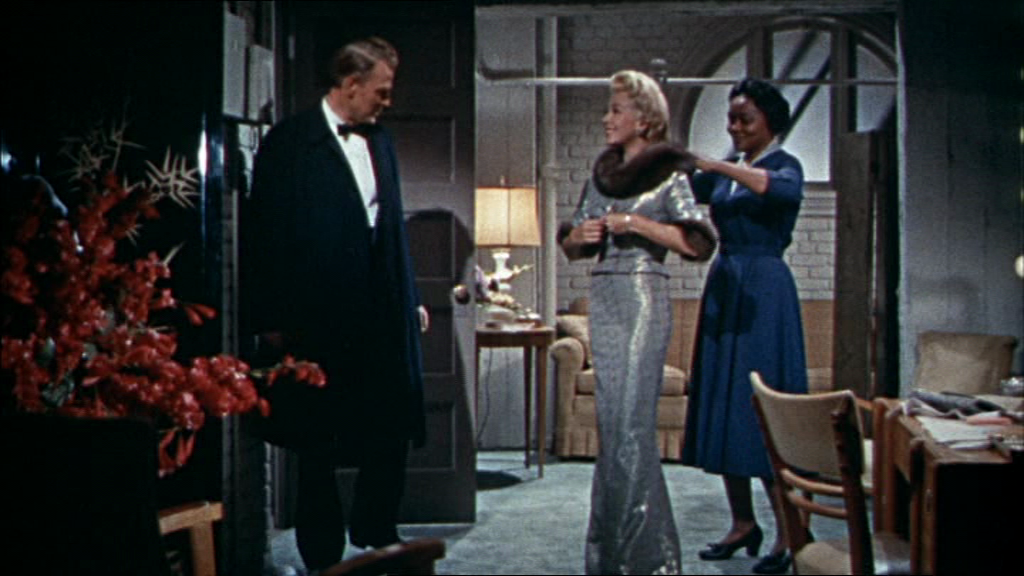- Daily & Weekly newsletters
- Buy & download The Bulletin
- Comment on our articles
What's on this week: 3-9 January
January is Jazz month in Brussels - or Jazzuary as they like to call it. There are three festivals, the Brussels Jazz Festival, the River Jazz Festival and the Djangofollies. First up is the Brussels Jazz Festival which takes place at Flagey starting on 9 January for 10 days of jazz of every kind, with concerts, DJ sets, film screenings, and workshops.

Brussels' "other Magritte Museum" - housed in the house in Jette where the painter spent much of his adult life, and where he painted many of his most famous works - celebrated its 20th anniversary by taking over the house next door and creating Brussels’ first Abstract Art Museum. André Garitte, founder of both museums, is a great fan of both surrealism and abstract art, and has assembled a collection of Belgian abstract art that stretches from the beginnings of the movement to the end of the XXth Century and contains the best examples of all the different facets of the movement. As well as the visits to the two museums, a day trip to northwest Brussels will allow you to discover the bucolic and architectural assets of the borough (see Jette à la Carte, a beautifully realised guide which contains two walking itineraries, and is published and provided for free by the region).

Centrale for Contemporary Arts, the City of Brussels museum, is presenting an exhibition based on the bizarre world of photographer Roger Ballen. Having graduated in psychology and then geology, Ballen decided to explore the depth of the human mind through the means of photography. The South African photographer, born in New York City, tailors his exhibitions to the host city so this is a Brussels version of the "Ballenesque". For many years the internationally recognised artist’s work consisted of black-and-white photographs of the human condition, people on the edge, outsiders, often terrifying but also touching. But starting in 2003 he stopped doing portraits and now devotes himself to creating ambitious staged photographs combining graffiti, found objects, animals and broken bodies. His is a strange world with images that you will never forget.
Until 3 March

Toneelhuis/Olympique Dramatique is presenting a reworked version of Angels in America, reducing the original seven hours to one evening's programme. It is “an ode to the capacity of people to transform and survive. An expression of hope that a society can change course and evolve, like a tanker that – creaking under the strain, to be sure – heads up into the wind. But most of all, it is a plea for the strength and comfort that comes with love.” You can see it at the Schouwburg in Ghent in Dutch (7-9 January) or at KVS in Brussels in Dutch with French subtitles (14-17 January).

In the 1950s, Douglas Sirk was dismissed as the director of “sentimental women’s pictures” but now his films are considered masterpieces. After a fruitful career as a stage and screen director in Germany, he had fled Nazi Germany with his Jewish wife and eventually made his way to Hollywood. From 1951 to 1959 he directed 20 movies, many of them commercial hits. The Cinematek is screening his last film, Imitation of Life, starring Lana Turner, John Gavin, Juanita Moore, Sandra Dee and Mahalia Jackson, a huge hit which dealt with issues of race, class and gender.
5 January, 20.00 Same day phone reservations at 02 551 1919.

After studies in ceramics and dramatic arts and work as an actress in films and television, Evelyne Axell started her career as a painter at the age of 28. She was one of René Magritte’s few students and she became one of the seminal artists of Belgian Pop Art, infusing the movement with a rare feminism and frank depictions of female sexuality. Her career was cut short after nine years when she was killed in a car accident. Having started painting with oil, she then experimented with various synthetic plastics and resins such as clartex, plexiglas and polymetalcrylate. Her subject matter was highly influenced by the movements of the era, women’s rights, student protest, civil rights, the hippie movement and finally the protection of the environment. Her art still has the ability to shock; when the Philadelphia Museum of Art used one of her pieces as the cover image for their International Pop Show, Facebook censored it as too suggestive. You can now see a retrospective of her work in her hometown of Namur, at the newly completely redone Delta Cultural Centre.
Until 26 January

La Louvière is often dismissed as just a hopeless wreck in the Belgian rust belt; however it has two outstanding cultural institutions, the Musée de la Gravure and the Keramis. Keramis is housed in what was is left of the Boch ceramic factory, which was a flagship of Belgian 19th century industrial art production. As well as collections of historic Boch pieces, Keramis also offers hands-on ceramic workshops and exhibitions of contemporary ceramic artists. Internationally celebrated Chinese contemporary ceramic artist Bai Ming has chosen Keramis for his largest retrospective in the West, comprising close to 200 works and there are 10 related events that will take place during the run of the show.
Bai Ming: Earth Vibrations, until 15 March



















